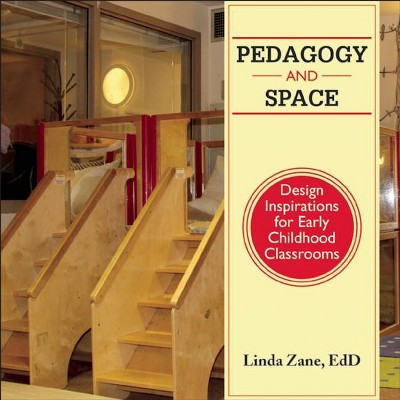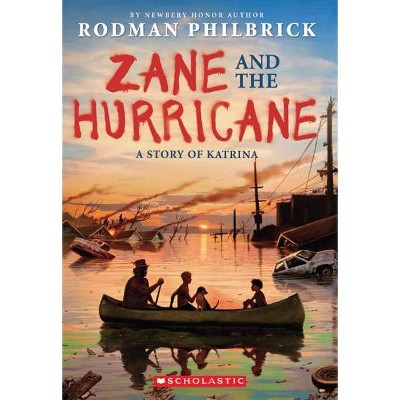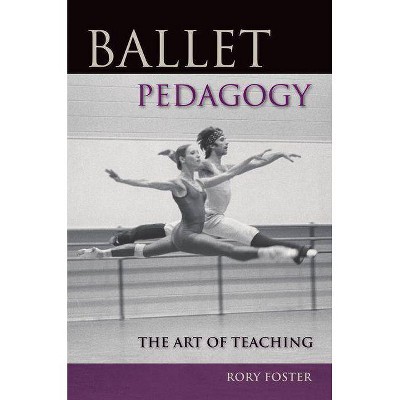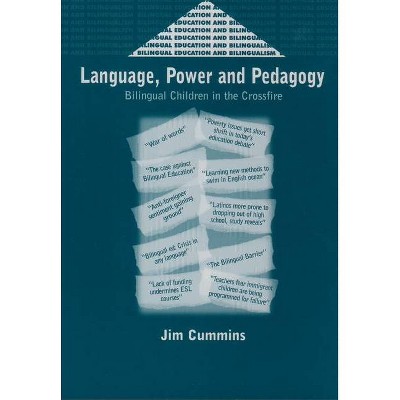Pedagogy and Space - by Linda Zane (Paperback)

Similar Products
Products of same category from the store
AllProduct info
<p/><br></br><p><b> About the Book </b></p></br></br>Blending architectural design and developmentally appropriate early childhood environments, this book is a source of inspiration<p/><br></br><p><b> Book Synopsis </b></p></br></br><p>The intersection of architecture and education is a new and burgeoning area of interest. This book blends architectural design information with theory-based content explaining the foundations of early childhood environments. Colorful photographs of intentionally designed spaces will inspire early childhood professionals and architects alike as they dream, plan, build, and revamp settings. Inspired by the groundbreaking architectural book <i>A Pattern Language: Towns, Buildings, Construction</i> (Oxford University Press, 1977), this resource aims to glean architectural information regarding important design patterns in an environment and utilize them to provide insight into early childhood environments that are both developmentally appropriate and aesthetically pleasing.<p/><br></br><p><b> Review Quotes </b></p></br></br><br><br><b>Pedagogy and Space</b> is positioned to become a required reading for all early childhood educators, administrators, and policymakers. Dr. Zane weaves child development theory into environmental planning and design. Intentionality is essential in our interactions with children and families; this book demonstrates that intentionality is also essential in our design of children's environments. As advocates, this textbook provides us the research we need to ensure that early childhood policies reflect a commitment to both teacher professional development, and in ensuring children have the opportunity to learn in environments that truly reflect the importance of the first five years of life.--Michelle Figlar, Pittsburgh Association for the Education of Young Childre<br><br><br><br><strong>Pedagogy and Space</strong> is positioned to become a required reading for all early childhood educators, administrators, and policymakers. Dr. Zane weaves child development theory into environmental planning and design. Intentionality is essential in our interactions with children and families; this book demonstrates that intentionality is also essential in our design of children's environments. As advocates, this textbook provides us the research we need to ensure that early childhood policies reflect a commitment to both teacher professional development, and in ensuring children have the opportunity to learn in environments that truly reflect the importance of the first five years of life.--Michelle Figlar, Pittsburgh Association for the Education of Young Childre<br><br><p/><br></br><p><b> About the Author </b></p></br></br>Linda M. Zane: Linda M. Zane, EdD, is associate professor of early childhood education at Slippery Rock University of Pennsylvania. Prior to this position, she was assistant professor at Slippery Rock University and adjunct professor of early childhood education at Duquesne University. Dr. Zane was the director of an accredited early childhood program for ten years before venturing into the world of higher education. She holds an EdD in instructional leadership from Duquesne University.<br>
Price History
Price Archive shows prices from various stores, lets you see history and find the cheapest. There is no actual sale on the website. For all support, inquiry and suggestion messagescommunication@pricearchive.us




















